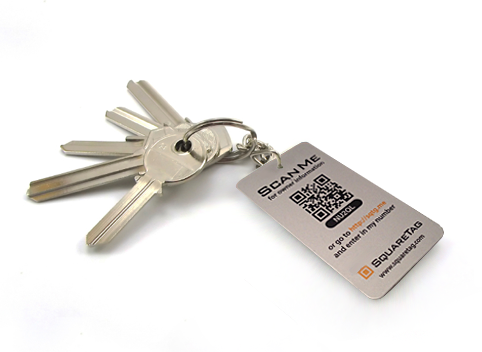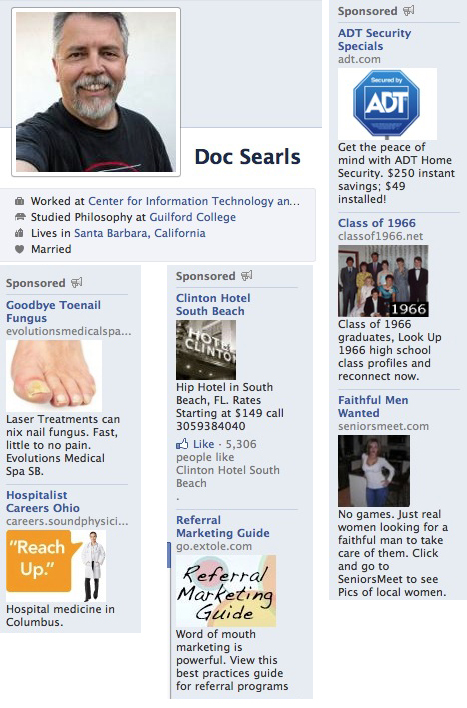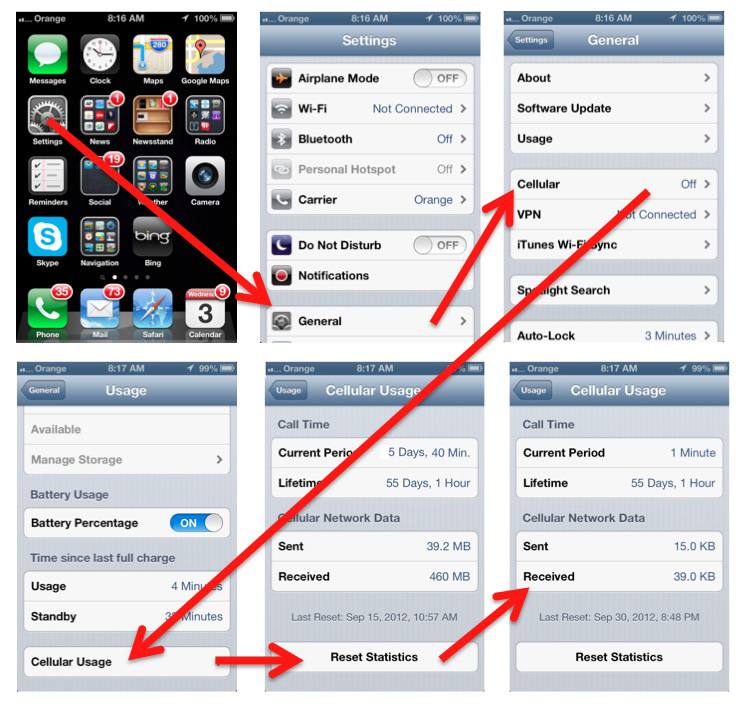The Internet of me and my things
 Let’s say this key ring is yours and you’ve lost it.
Let’s say this key ring is yours and you’ve lost it.
If somebody scans the QR code with their smartphone, they will see a message from you. The message can say whatever you want (such as, “Help! I’ve misplaced these, please call or text me at this number”), and you can update it any time, because the information is in your personal cloud.
You can host your personal cloud yourself, or you can have it hosted elsewhere, such as at SquareTag, the brand name on the tag you see here. SquareTag is a service of Kynetx, the company behind the personal cloud concept. (Disclosure: I’m an advisor to Kynetx.) But you can use anybody’s. SquareTag is not a silo, and Kynetx is not out to trap anybody. Quite the opposite, in fact. Kynetx is out to give you tools to connect to your world of people and things.
Phil Windley is the co-founder of Kynetx and father of the personal cloud concept. In Personal clouds as general purpose computers, Phil says personal clouds are “the successor to the personal computer,” adding, “In the personal-cloud-as-personal-computer model, owners of a cloud control it in the same way they control their computer. They decide what apps to install, what services to engage, and how and where the data is stored.”
Most of the clouds we hear about today are the big centralized kind managed by companies such as Apple, Google and Amazon. Some of these industrial clouds are pure utilities, doing storage and compute work. That’s the case with, say, Amazon and Rackspace. Nothing wrong with these, just as there is nothing wrong with electrical systems or storage facilities. Other clouds, however, are out to control you and your life — for both your good and theirs. Apple’s iCloud is one example. You can get it only from Apple, and it is not substitutable (as would be, say, a storage facility). In spite of the fact that Apple makes PCs and other personal devices, the company and its iCloud come from an old-school mainframe assumption: that one central server (or service) should contain and control what is done by many different clients. The technical term for this architecture is client-server. The vernacular term is calf-cow. You’re the calf. Apple is the cow. In the calf-cow system, you are always dependent, never fully independent.
With personal clouds you are independent. Your personal cloud is yours alone, to keep track of any thing, person or event in your life — and to manage your interactions with them. Such as, IF my keys are scanned, THEN display this message.
In an interview five years ago with Phil Windley, Craig Burton called every person an “enterprise of one.” In the past several years Phil and other developers (especially his colleagues at Kynetx) have been working on ways not only to make every person into that “enterprise of one” with connections to keep track of and control every thing of theirs as well. They are doing this through a general purpose platform called a personal cloud. You should have one, and so should the things you care about.
The design of the Internet in the first place is one of a boundless variety of end-points, with no central control of what those ends can do. Each is simply an address. Any end can connect with any other end. We have a similar system in the world called conversation. Anybody can talk with anybody else, or shake hands. They can also engage in business, and form relationships that last for moments or years. With personal clouds, things as well as people are brought into the Internet’s conversational and relational end-to-end system.
Take for example your car. Let’s say you put a SquareTag on the dashboard, next to the vehicle ID number. You can set up your car’s personal cloud so that all somebody scanning it sees is that it’s your car (or whatever you choose for it to say). But you can also scan the tag every time you have the car serviced, be taken to the car’s personal cloud, and enter whatever you like about the service event, or click on a private link that takes you (alone) back through your notes on the car’s service history. You can also set it up so the service station or dealer can connect their service records to yours, so when you look in your car’s personal cloud, you can also see those other service records. All you need for doing that are logical connections between the car’s tag cloud and the clouds of the other places where data is kept. With a squaretag, it isn’t necessary for any of your things to be “smart.” Instead the smarts are located in those things’ personal clouds.
There is no limit to what we can do with personal clouds because all of them are by nature independent, just as atoms are independent. And, just as certain kinds of atoms bond well with other kinds of atoms to form molecules, certain kinds of personal clouds (such as those of things we possess) will bond well with other kinds of personal clouds (such as human beings with possessions).
Likewise each of our personal clouds can, by mutual agreement, be social in the true and literal sense of the word — just as we are in the physical world. We won’t need to be social only inside corporate systems like Twitter’s and Facebook’s. There will still be administrative identities in the world (such as the ones on our drivers licenses and in employers’ HR systems), but among our sovereign selves we can choose to identify ourselves any way we wish. (Which others can, of course, accept or not.)
While personal clouds today are programmed with an open source language (KRL, for Kinetic Rules Language), and executed on an open source rules engine, what makes them interoperable are a new open standard: the evented API. Open standards are what allow closed (or open) things to connect and do things with each other. For example, it doesn’t matter whether you are reading this on a Linux, Mac, Windows, iOS or Android device. Open standards make it possible for all those things to communicate with each other.
We are at the earliest stage of where personal clouds will eventually go. What we can say with confidence, however, is that they will some day be the way each of us controls our lives, our personal data, our possessions, and our relationships with each other and our things.
We are born as sovereign beings, yet live in a networked world. The Internet as it was designed in the first place respected that. For most of the last two decades, however, we forgot that and built industrial-age systems that subordinated individual sovereignty and autonomy to the conveniences of large companies and governments. We built systems for capturing and controlling people and their things. There was lots of good stuff that could be done with these systems, but they were done at the expense of liberty and freedom for individuals and their possessions. Personal clouds not only promise that liberty and freedom, but provide the means for accomplishing it.
What we do with personal clouds is up to each of us — and to the countless new businesses that will show up to help out. When they do, you can bet a whole new boom of possibilities will show up too. The difference with this boom, however, is that each of us will be in charge of ourselves and what’s ours. That’s new. And it will never get old.
 A lot of big companies are eager to get their hands in your pockets — literally. They want your mobile phone to work as a
A lot of big companies are eager to get their hands in your pockets — literally. They want your mobile phone to work as a 








 The fight between the free market and the followed market is about to begin. And the way to bet is on the free market, because it’s what we know works best. Also because the followed market is nuts. It only persists because it’s normative at the moment, and an enormous sum of investment is going into improving what’s most nuts about it: following people around and constantly guessing at what they might want (or trying to make them want something some algorithm thinks it might be able to make them want).
The fight between the free market and the followed market is about to begin. And the way to bet is on the free market, because it’s what we know works best. Also because the followed market is nuts. It only persists because it’s normative at the moment, and an enormous sum of investment is going into improving what’s most nuts about it: following people around and constantly guessing at what they might want (or trying to make them want something some algorithm thinks it might be able to make them want).


 Not love to have them, but love interacting with them, knowing them, talking with them, learning from them, involving them in the business, and letting them take the lead sometimes. (And not just by using a “loyalty card” or some other gimmick.)
Not love to have them, but love interacting with them, knowing them, talking with them, learning from them, involving them in the business, and letting them take the lead sometimes. (And not just by using a “loyalty card” or some other gimmick.)











